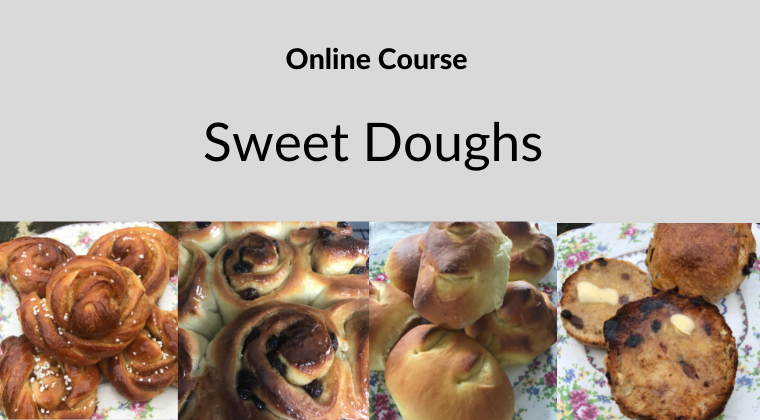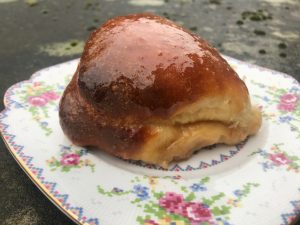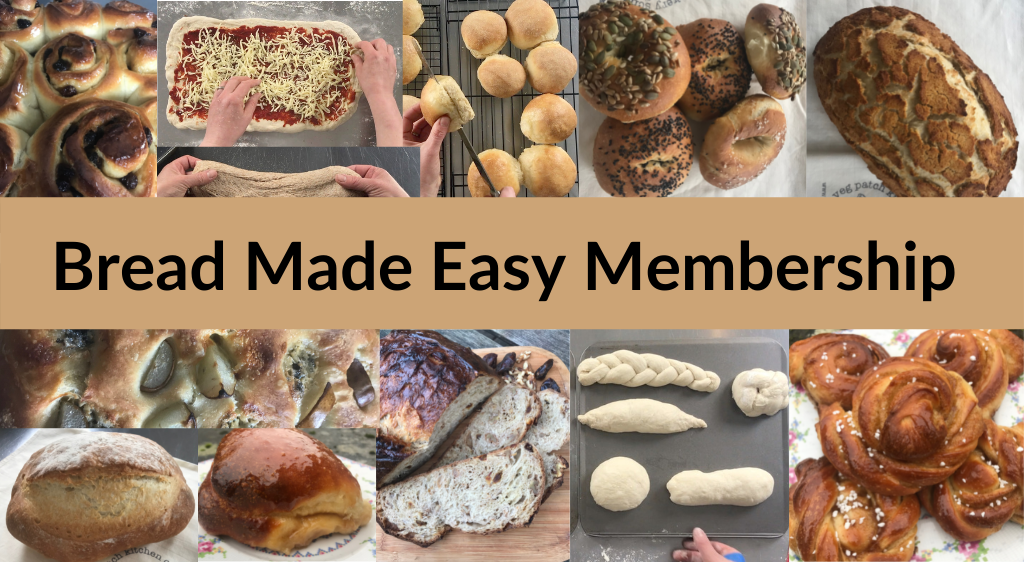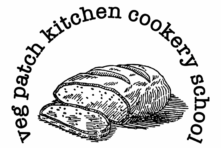Bread dough changes when you add fat or sugar to the ingredients.
Bread can be made from just four ingredients, flour, water, yeast and salt. You can use those same four ingredients and shape it differently; add different amounts of water; use a different flour; bake it in a different oven and you will get a different bread. However, you can also add a myriad of other ingredients to change your dough. You can add fat in the form of butter, lard, milk, eggs and oil. Or you can add sugar, honey or malt extract. You can also add lots of other ingredients including dried fruit, nuts, cocoa, olives, cheese, onions… the list goes on.
When you add fats and sugar you change the way the dough can behave when fermenting. Fats also change how bread should be baked and its final taste and appearance. It is helpful to understand how adding these ingredients can change your dough.


What happens when you add fat to bread dough?
You can choose to add animal or vegetable fats to your dough. You can choose to add animal fats such as butter, milk, lard and eggs. Vegetable fats include olive oil, sunflower oil, walnut oil and rapeseed oil.
Adding fat to your dough changes the gluten structure. Fat bonds to the gluten proteins preventing them from bonding with one another and forming gluten chains. This makes the final bread more tender, the cell structure tends to be smaller and the crust is softer.
If a recipe calls for a high percentage of fat, for example the butter in brioche, then it is often better to mix and develop the dough (by kneading, stand mixer or stretch and folds) before adding the fat so that the gluten can develop properly.
The inclusion of fat in your dough also slows the staling of bread, so your bread will stay softer for longer.
Butter is often used in sweet breads to give them a rich flavour, colour and taste. Butter melts at a temperature below body temperature. This contributes to the smooth texture and mouth feel of breads made with butter. Vegetable oils don’t melt below body temperature so don’t have the same mouth feel effect. A focaccia made with olive oil is a delicious treat all the same.
The coagulating properties of eggs can help breads achieve a finer, closer texture. Eggs and milk will also contribute to crust colour. If your recipe contains a high percentage of eggs or milk you will need to bake at a lower temperature than you would a bread made with water to avoid the crust browning too much before the bread is fully baked inside.


Should I include fats in the hydration ratios?
Fats such as butter, lard and eggs are not strictly included in hydration ratios. However they do all contain water in differing amounts and they will change the texture and feel of the dough as you are handling it. When mixing a dough with a high percentage of fat remember to take this into account and hold back some of the water, adding it as you need to. Milk has a high percentage of water and so is included in hydration ratios. A bread made with half milk/ half water will yield a slightly stiffer dough than the same made with all water. If you are adding a high proportion of milk to the dough you may need to add slightly more water to achieve a soft dough.
The effect of adding sugar to your bread dough
I don’t routinely add sugar to my bread dough. You will see many recipes that add a teaspoon of sugar to help the yeast to work faster. Adding up to 5% of sugar will speed up fermentation as it will feed the yeast in the initial stages before enzymes begin to break down the complex sugar molecules in the starches into simple sugars that the yeast can eat. However, it isn’t necessary to add sugar. There are plenty of sugars available for the yeast to eat in the starches*. Why add sugar when you don’t need to?
However, adding sugar, honey or malt extract can be a useful tactic in flavouring your dough, even your savoury breads. For example, a bagel tastes better with a bit of malt extract in the dough. My Oat and Honey Loaf wouldn’t be the same without 20g of honey in it. Sweet breads such as Chelsea buns and Shropshire Butter Buns require sugar to taste as delicious as they do.
Adding sugar does have an effect on the way the dough ferments and bakes. Sugar weakens the gluten network and in high percentages can slow down the yeast. Sugar is hygroscopic, which means that it absorbs water from its surroundings, and so it binds up water molecules interrupting the gluten /water network and dehydrating the yeast cells. A dough that has a high percentage of sugar (10% or more) will need more yeast than a bread made without sugar and will take a longer time to rise.
A dough with more than 5% sugar (to flour weight) will brown on the surface earlier in the baking time than a dough with no added sugar or with less than 5%. This is due to the residual sugars in the dough caramelising on the crust surface. Hence, a sweet bread should be baked at a lower temperature to avoid the crust darkening too much before the interior is fully baked.
*Take a look at Understanding the Science of Bread to help you understand more about how starch is broken down into sugar.
Want to learn more about bread?
If you would like to transform from a novice to a confident baker then my Bread Made Easy Membership is here for you. You get access to all of my online courses and join me for a monthly live demo and bread chat.


If you are already a keen bread maker but would like to expand your repertoire then my Savoury Breads online course might be your thing.
Take a look at our bread making and pastry courses at our cookery school in Ironbridge.
Check out our YouTube channel for bread tutorials.


Thank you for this information. I love making bread, but due to mobility issues I cannot be adventurous in making different bread types. I however love all the information you have provided here as I have waited all day for my buns to rise not realizing I had to double up on the yeast and next time will do an overnight rise and finish off in the morning. on YouTube it all looks so easy and I am despondant because no one gives us bakers the information like you have done which is most helpful. Thank You for this information. Deeply appreciated.
Yours sincerely
Doreen Elkington
Thank you Doreen, pleased to have helped. Yeast does work more slowly when there are sugars and fats in the dough. I hope the buns work out well in the end. If you let me know the recipe and method I may be able to help more. Kath